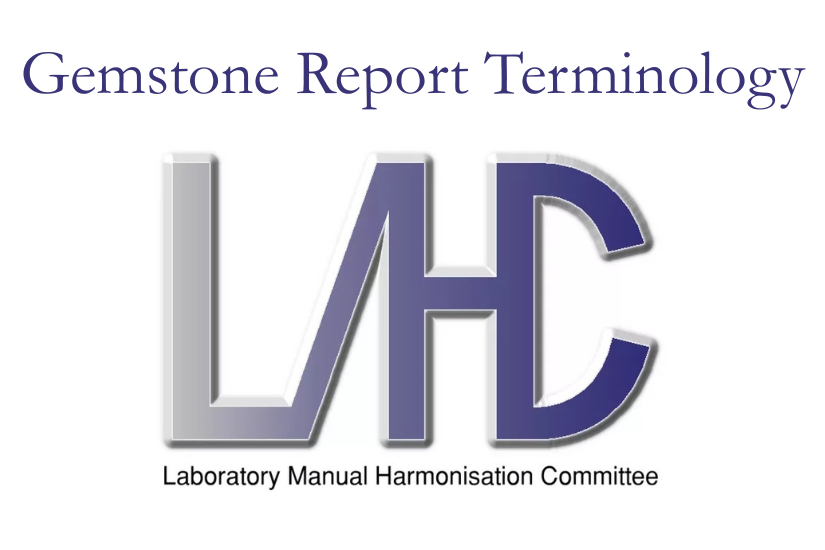The global gemstone trade has long faced challenges due to inconsistent terminology in laboratory reports. To address this, the Laboratory Manual Harmonisation Committee (LMHC), a coalition of leading international gemological laboratories, has announced significant progress in harmonising gemstone report language. Recent meetings in Basel have resulted in new and revised Information Sheets, covering colour stability, tanzanite, cobalt spinel, and jade (“Fei Cui”). These updates represent a significant step in promoting transparency, consistency, and consumer trust across the global gem and jewelry industry.
Key Outcomes from the LMHC Harmonisation Efforts
1. Colour Stability Testing (IS No. 16)
LMHC introduced a standardised testing protocol to assess whether gemstones maintain their colour under prolonged exposure to light and UV. The procedure includes initial colour grading, exposure to simulated daylight, re-grading, and optional UV activation to check for reversibility.
Why it matters: Some gems can fade or shift in colour, leading to consumer dissatisfaction. Standardised colour stability testing ensures clear disclosure in reports and improves buyer confidence.
2. Tanzanite Definition and Disclosure (IS No. 15)
Tanzanite is now formally defined as the vanadium-bearing blue-to-purple variety of zoisite, characterised by strong pleochroism. LMHC also emphasised disclosure of treatments, particularly heat processes that remove yellow-brown tones, even when detection is challenging.
Why it matters: Consistent nomenclature prevents confusion with other zoisite varieties and ensures transparent communication of treatments.
3. Cobalt Spinel Terminology (IS No. 14)
LMHC now defines cobalt spinel as a natural Mg-Al spinel where cobalt absorption causes the blue colour, and it excludes stones treated by cobalt diffusion or glass infill.
Why it matters: Blue spinels have different value depending on their colouring agent. This clarity prevents mislabelling and protects consumer interests.
4. Jade and “Fei Cui” (Revised IS No. 11)
The jade information sheet was revised to provide a clear mineralogical framework. Jade now encompasses aggregates dominated by jadeite, omphacite, kosmochlor, or nephrite. The revision also introduces a formal definition of “Fei Cui” as an ornamental aggregate primarily composed of jadeite, omphacite, and/or kosmochlor.
Why it matters: The term “Fei Cui” is widely used in Asian markets, often loosely applied. This harmonisation brings scientific and cultural clarity, reducing misuse in trade.
Why Harmonisation Matters
- Consistency Across Borders: Different labs will now describe gemstones in a unified way, reducing confusion in international trade.
- Consumer Trust: Clearer reports help consumers make informed decisions, strengthening confidence in certified gemstones.
- Industry Transparency: Treatment disclosures, stability assessments, and precise nomenclature create a fairer marketplace.
- Support for Regulation: Harmonised terminology assists customs, regulators, and industry bodies in monitoring trade practices.
Industry Reactions
According to Dr. Michael S. Krzemnicki of SSEF, LMHC’s collaborative work represents “a milestone in unifying the gemological language that connects laboratories, traders, and consumers worldwide.” Stakeholders agree that these updates will enhance professionalism and ensure adherence to ethical standards in gemstone reporting.
The LMHC’s recent advancements in gemstone report terminology mark a turning point for the gem and jewelry industry. By standardising terminology on colour stability, tanzanite, cobalt spinel, and jade/Fei Cui, the committee is fostering greater transparency, reducing disputes, and strengthening consumer confidence. As harmonisation spreads globally, it sets a new benchmark for clarity, trust, and integrity in gemological reporting.
Want the latest updates? Explore our News section.




